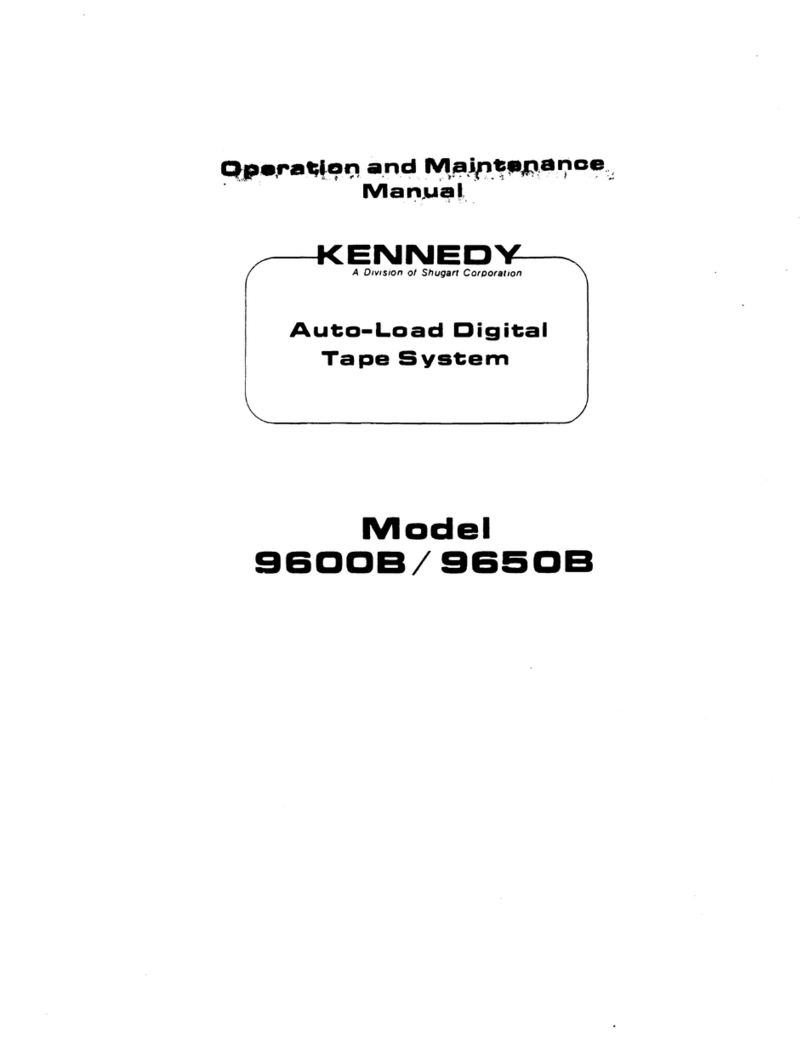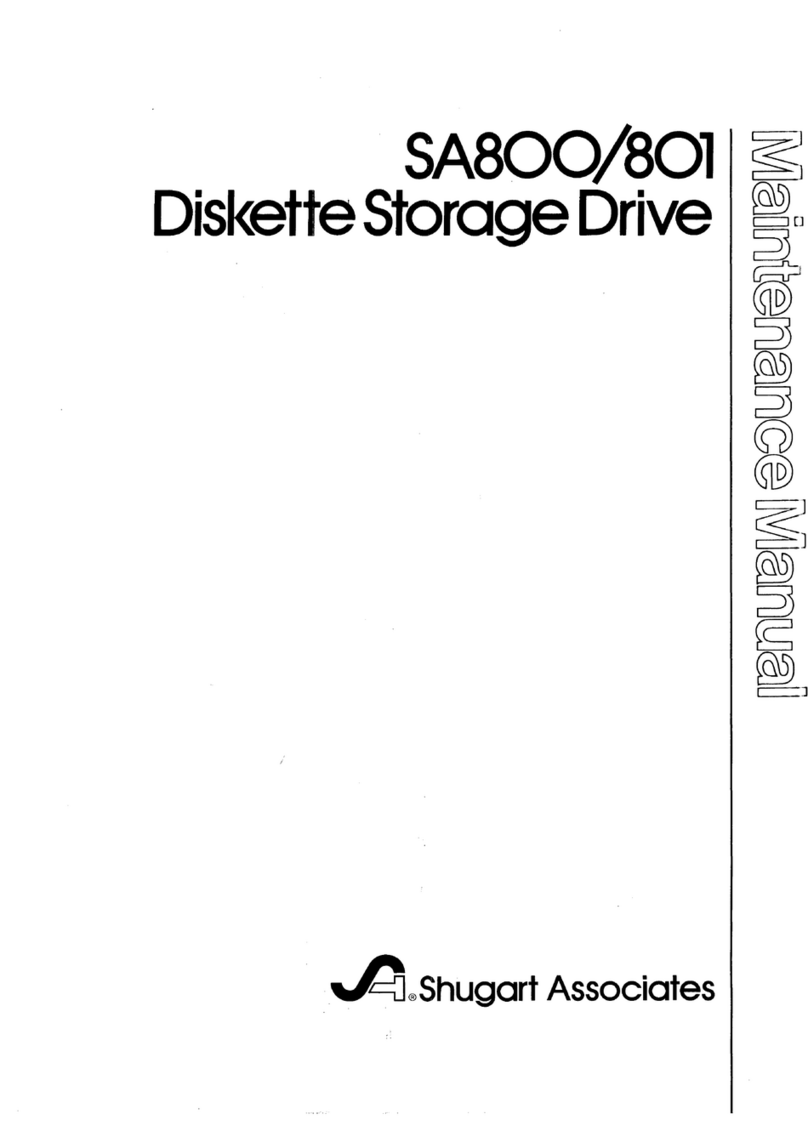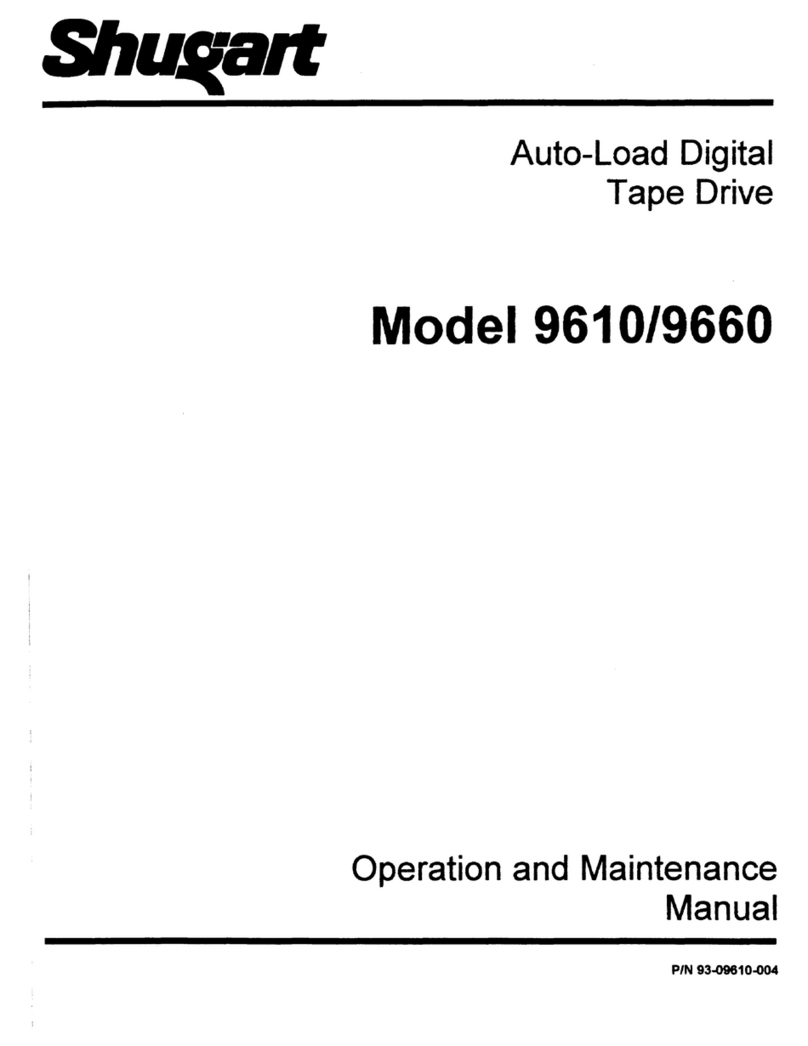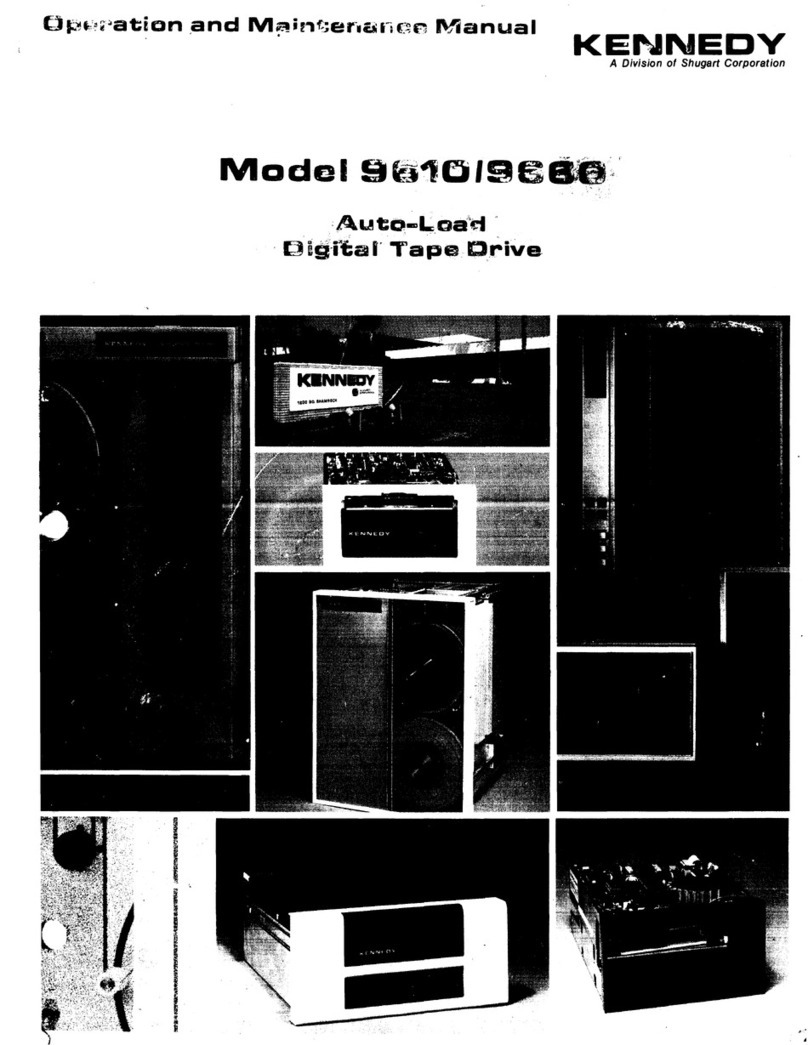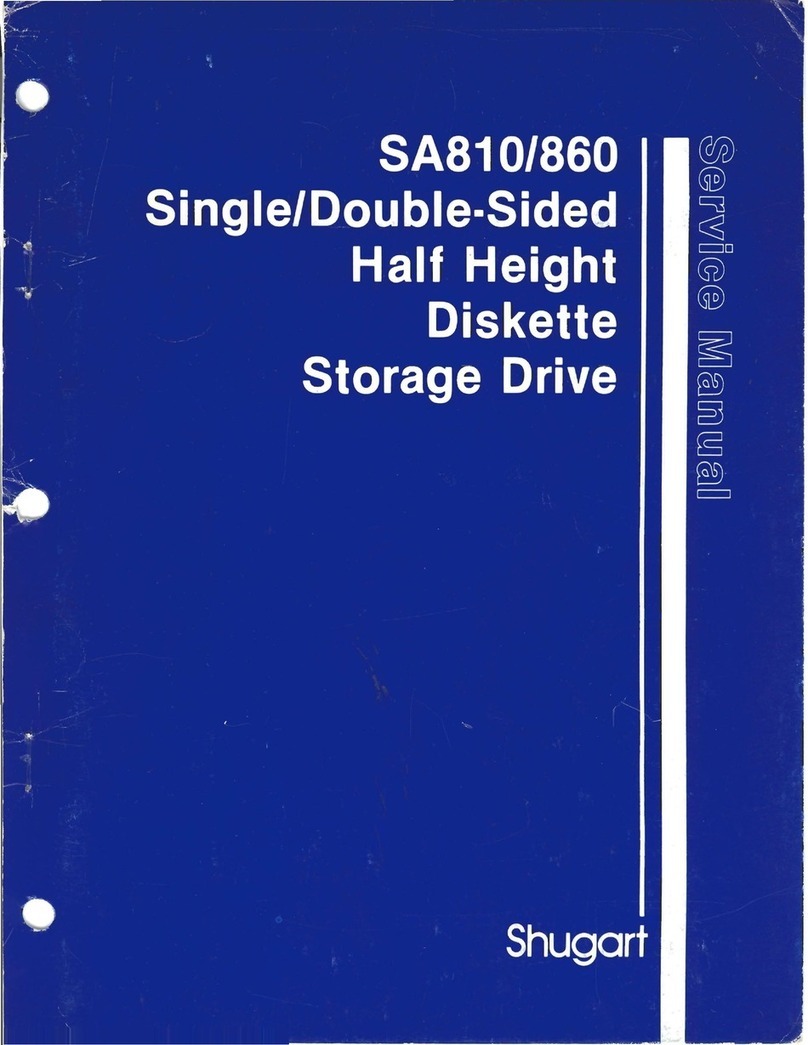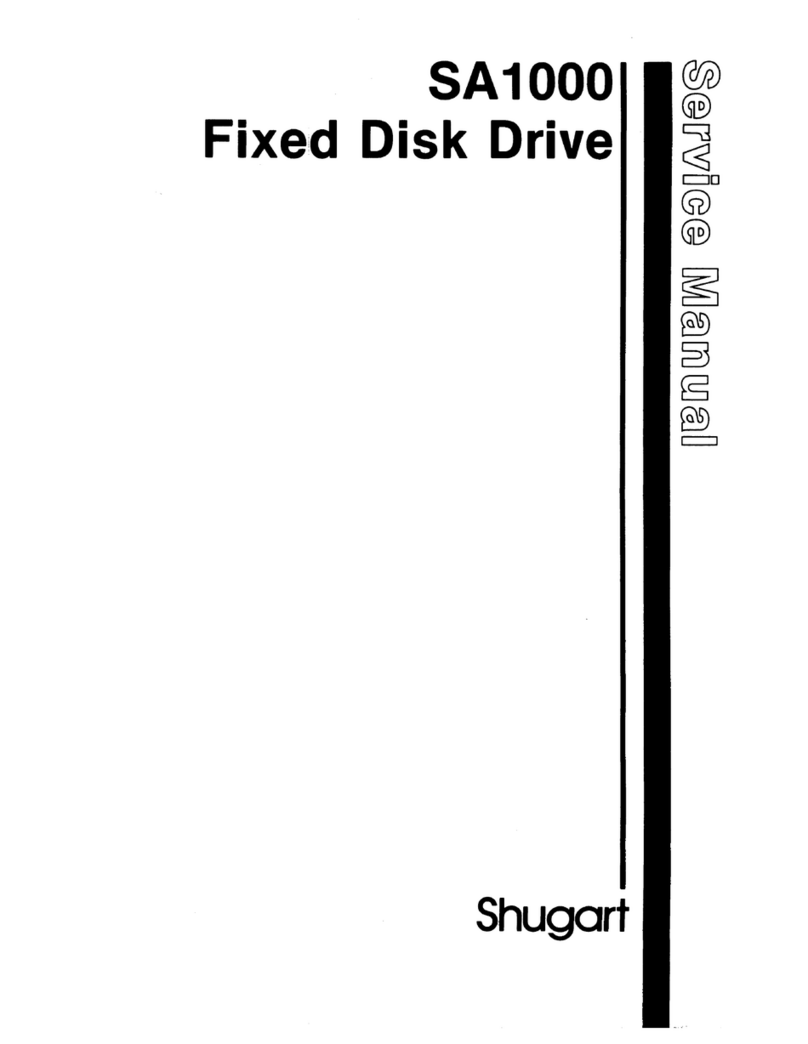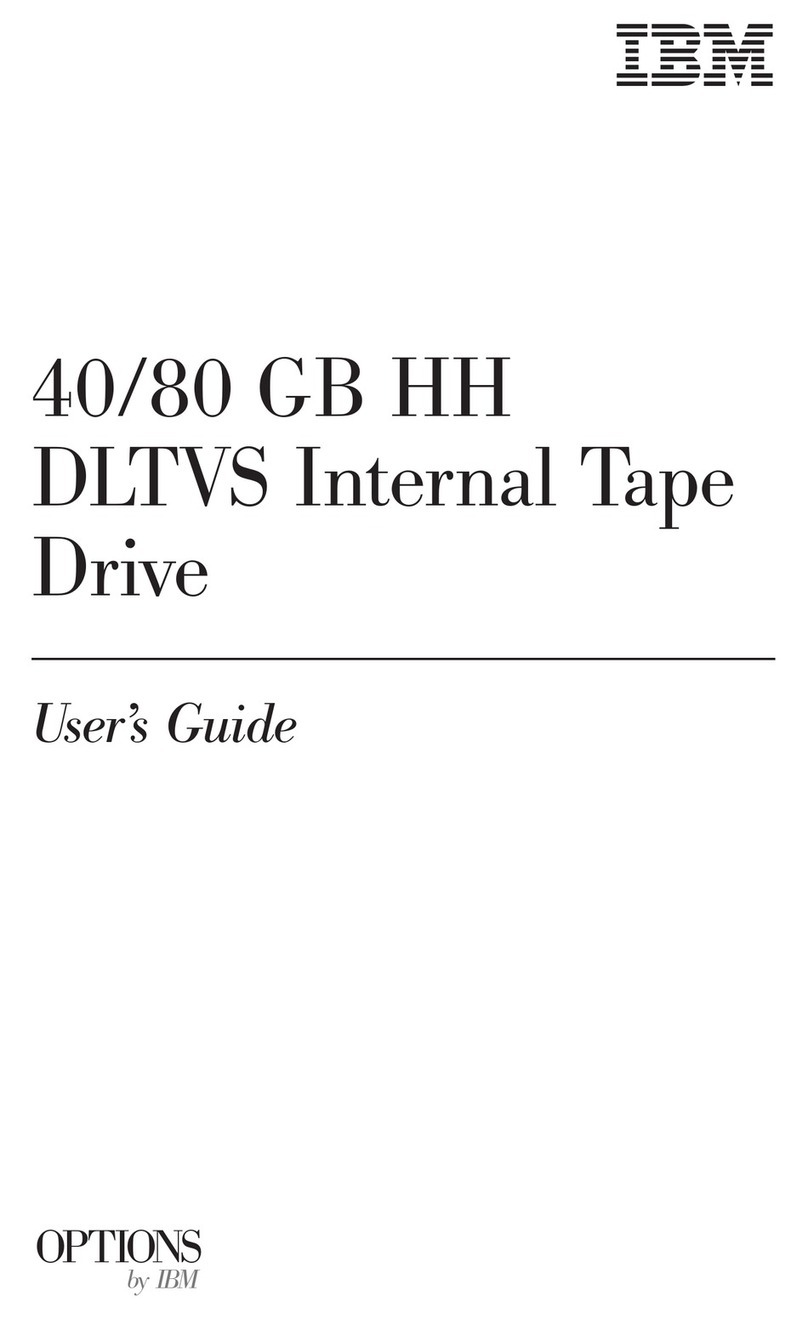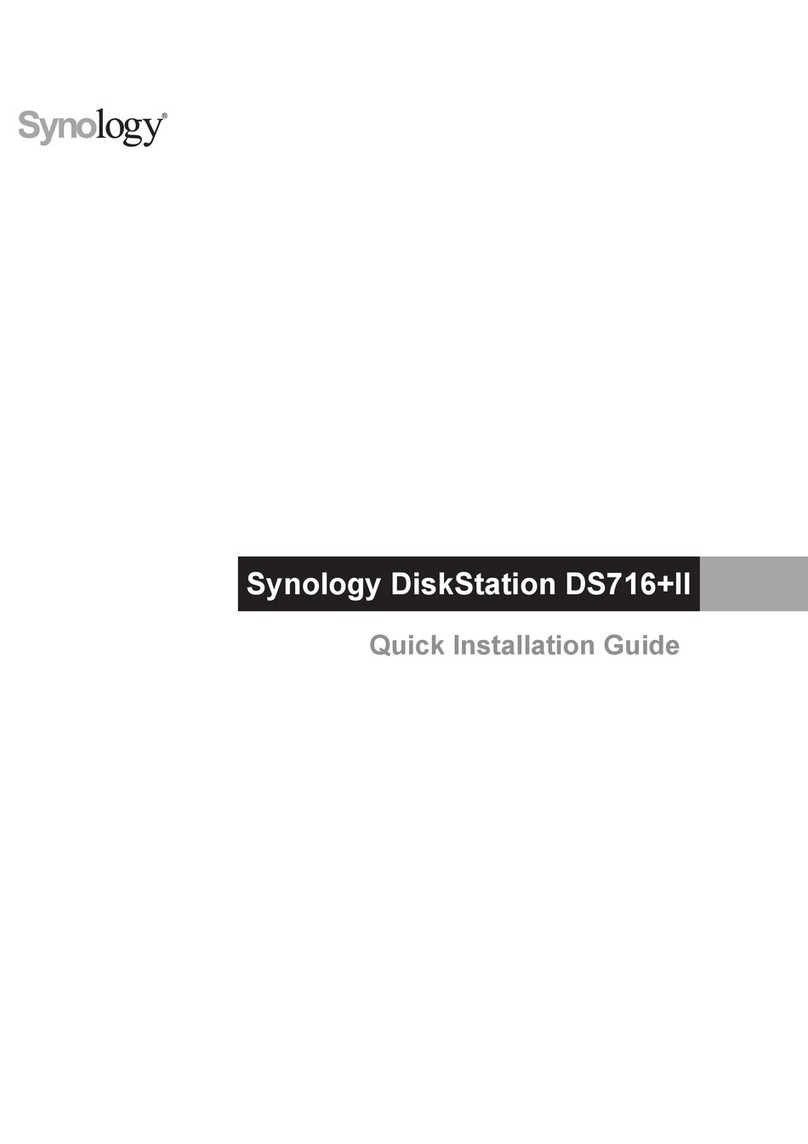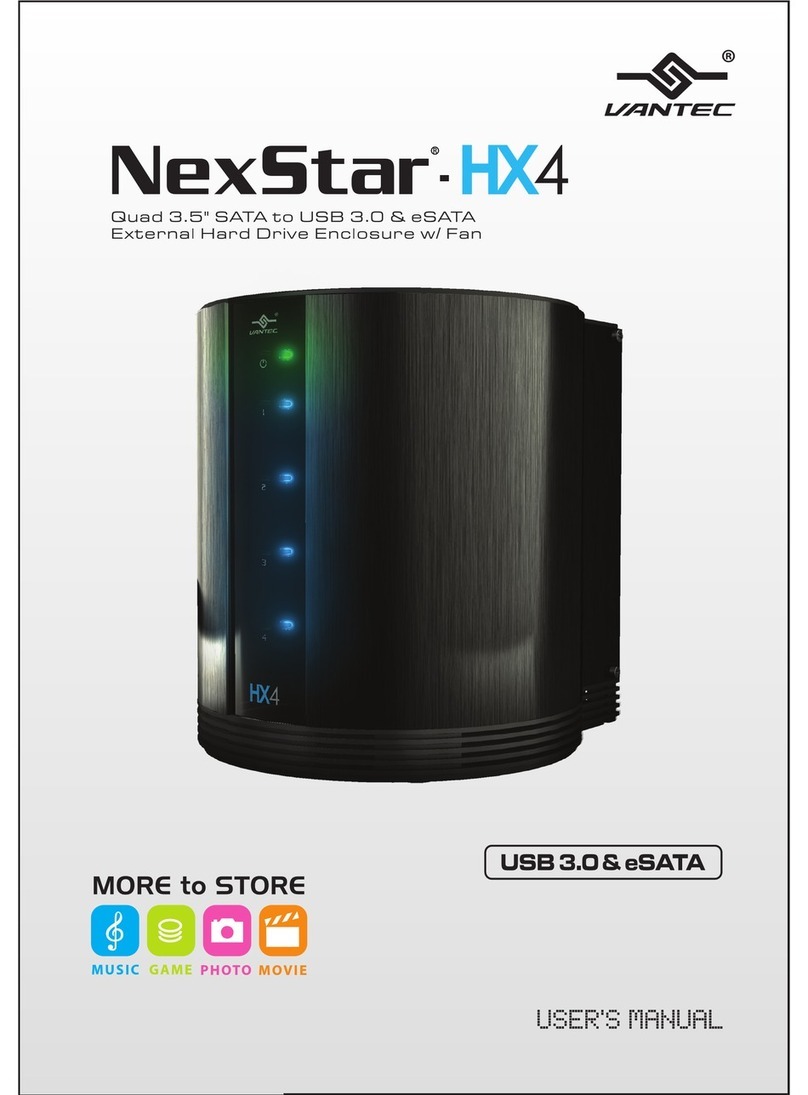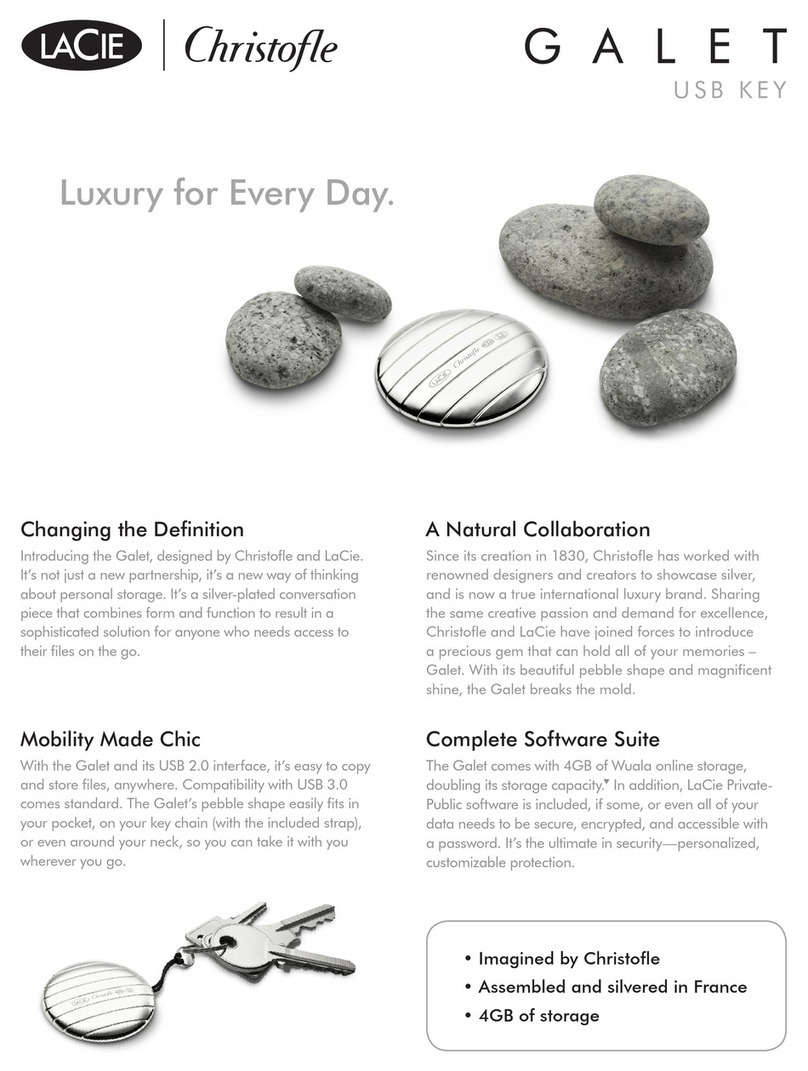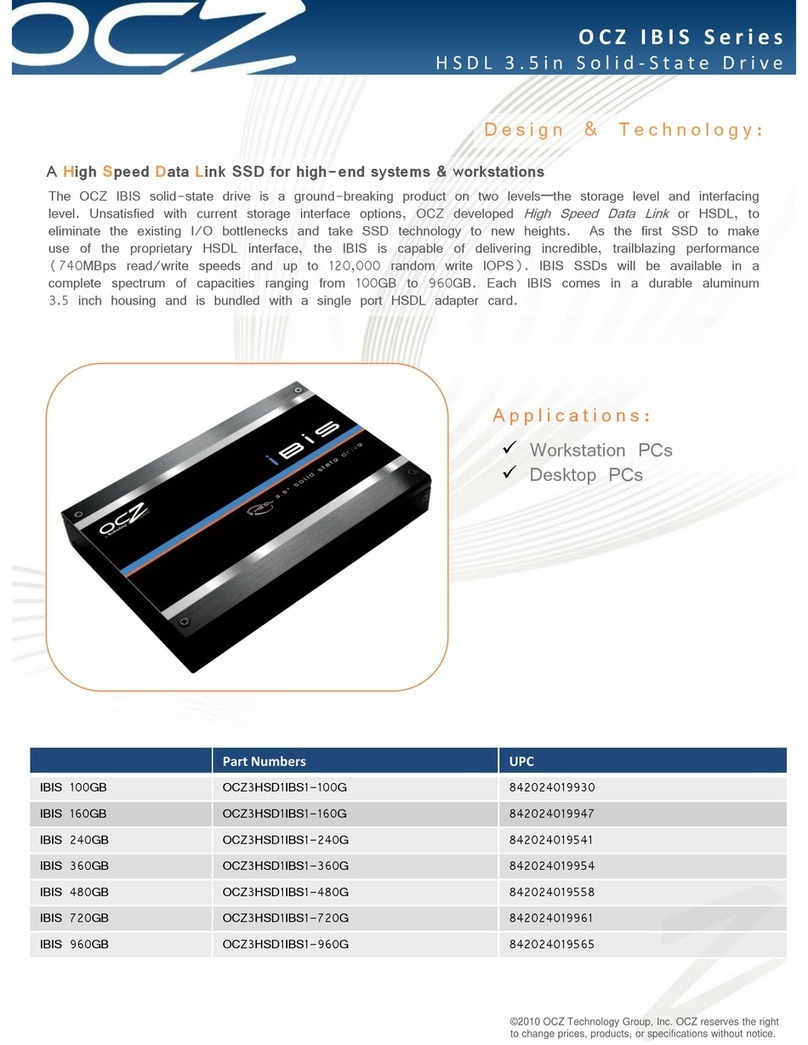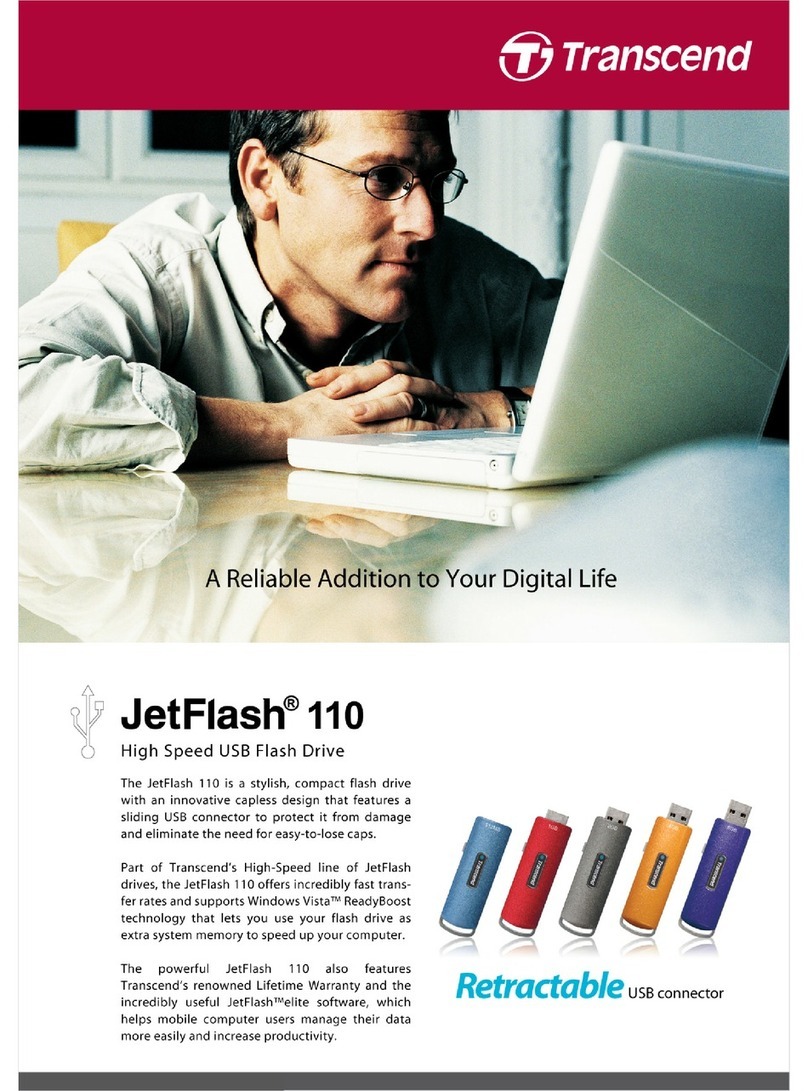
___
READ
DATA
DRIVE
SELECT
WRITE
DATA
WRITE
GATE
...
WRITE
PROTECT
DRIVE
SELECT
STEP
DIRECTION
SELECT.
--..1
DRIVE
SELECT
(3
LINES)
.....
TRACK
00
.....
INDEX/SECTOR
_MOTOR ON
__
.
--..I
READ
LOGIC
WRITE
LOGIC
CONTROL
LOGIC
WRITE PROTECT (COM)
WRITE
PR
T C
~C
~""
_~::I~gROTECT
I
~
r---------------.
I
~~~
.......
--+--j...:.:.R=..EA:.:::..D~HE~AD
I
,.----_"....:~~:--_--.J
I
WRITE
HEAD
ACTIVITY
LIGHT
HEAD
LOAD
SOLENOID
TRACK
00 (COM)
TRACK
00
(N/OI
MOTOR ON
TACHOMETER
STEPPER
</JA
STEPPER
tPB
STEPPER
<PC
STEPPER
¢O
INDEX/sECTOR
LED
INDEX/SECTOR DETECTOR
FIGURE
1.
FUNCTIONAL
DIAGRAM
1.3 DISKETTE SPINDLE
DRIVE
The Diskette D.C. drive motor rotates the spindle
at 300 rpm through abelt-drive system. 50 or 60
Hz
operation
is
accommodated without any
changes. AClamping Hub moves in conjunc-
tion with the Hub frame that precisely clamps the
Di.skette to the spindle hub. The motor
is
started
by making the interface signal
"motor
on"
true
and
is
stopped by making this signal false.
1.1\
READIWRITE HEAD
The read/write head
is
aceramic head and
is
in
direct contact with the Diskette. The head sur·
face has been designed to obtain maximum signal
transfer to and from the magnetic surface
of
the
Diskette with minimum Head/Diskette wear.
The SA
400
ceramic head
is
asingle element read/
write head with straddle erase elements to provide
erased areas between data tracks. Thus, normal
tolerance between media and drives will
not
de-
grade the signal to noise ratio and insures Diskette
interchangeability.
The read/write head
is
mounted on acarriage
which
is
located on the Head Position Actuator
Cam and
is
driven
thm
acam follower. The Disk-
2
ette
is
held in aplane perpendicular to the read/
write head
by
one platen located on the base cast·
ing. The Diskette
is
loaded against the head with
afelt load pad actuated by the head load solenoid.
1.5 RiECORDING FORMAT
The format
of
the data recorded on the Diskette
is
totally afunction
of
the host system. Data
is
re-
corded on the Diskette using frequency modula·
tion
as
t.he
recording mode, i.e., each data bit
re-
corded
on
the diskette has an associated clock
bit
recorded with
it,
this
is
referred
to
as
FM. Data
written
on
and read back from the diskette takes
the form
as
shown in Figure 2. The binary data
pattern shown represents a101. Two recording
frequencies are used.
IF
which
is
0
bit
and
2F
which
is
a 1 bit. The
IF
frequency
is
62.5 KHz
and
2F
is
125.0 KHz.
I
DATA
BITS
FIGURE
2.
DATA
PATTERN
